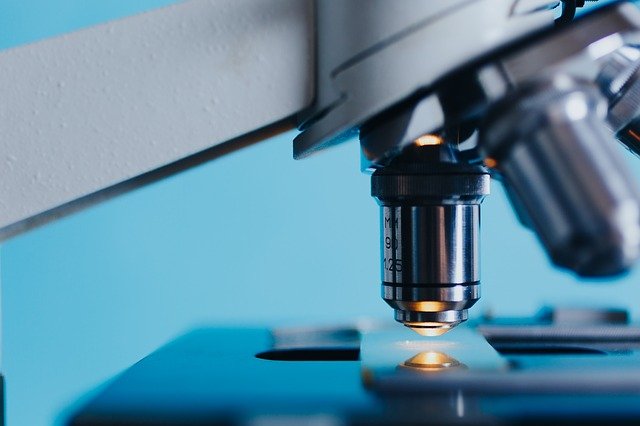Thale cress plants have been grown in regolith, the fine dust that covers the moon’s surface, using samples from Apollo missions – but they turn out small and stunted
Seedlings of thale cress growing in the lab
Tyler Jones, UF/IFAS
Thale cress, a small flowering plant, has been grown in lunar regolith – the powdery material on the surface of the moon – for the first time, using samples collected during the Apollo 11, 12 and 17 missions.
“Showing that plants will grow on lunar soil is actually a huge step in that direction of being able to establish ourselves in lunar colonies,” said Robert Ferl at the University of Florida at a press briefing on 11 May.
“When humans move as civilisations… we always take our agriculture with us. The ability to take plants with us successfully to the moon is how we will grow our own food… stay there for a while without resupply, breathe by taking away carbon dioxide from the air and produce water,” he said.
Advertisement
Ferl and his colleagues at the University of Florida planted thale cress seeds in 4 grams of lunar soil from each of the three Apollo missions and tracked their growth over 20 days. As a control, they also grew seeds in terrestrial volcanic ash, which is commonly used to mimic soil from the moon.
Within 60 hours of planting, the researchers found that seeds had germinated in all the soil samples. Between day six and eight, they removed some seedlings so that just one plant grew in each gram of soil. On the removed plants, they found that the roots grown in lunar soil were stunted compared with those of plants grown in terrestrial soil.
Over the following days, they found that plant leaves grown in lunar soil were smaller and had a darker pigmentation compared with those grown in terrestrial soil.
“They do grow in lunar regolith, but they grow as if they are stressed,” said team member Anna-Lisa Paul.
After 20 days, the team harvested the plants and analysed their gene activity. The plants grown in lunar soil had higher activity in genes that help cope with stressful conditions.
“The primary reason that plants… presented such stress-related responses is that lunar regolith is quite different from the terrestrial [soil], it’s very low in carbon, oxygen, nitrogen and phosphorous… nutrients that plants need. Lunar regolith is also very powdery and fine-grained… but the fragments are very sharp and angular. It’s very abrasive, it abraded spacesuits,” said Stephen Elardo.
The researchers also found that soil collected from the Apollo 11 mission was more toxic to plants than that taken from the Apollo 12 and 17 missions. They say this is probably because the Apollo 11 soil had been exposed to cosmic wind at the lunar surface for longer than the other samples.
“We could mitigate that by carefully choosing where we mine for materials to grow plants [on the moon],” said Paul.
However, we wouldn’t get much nutrition from eating thale cress plants. “As for useability of human life support, [thale cress] is not a good candidate; it’s too small to produce meaningful biomass,” says Karl Hasenstein at the University of Louisiana.
Nevertheless, this is a first step towards showing that plants from Earth can grow in lunar soil, said Paul.
“This research gives us valuable insights,” says Irene Karoliussen at the Center for Interdisciplinary Research in Space in Norway. “We need to know if and how we can utilise the resources [on the moon] as well as optimise plant cultivation techniques. Also, knowing the biocompatibility of lunar soil is very important if we consider using lunar soil as building material for manufacturing [structures such as] greenhouses… as well as human quarters.”
Journal reference: Communications Biology, DOI: 10.1038/s42003-022-03334-8
More on these topics:

